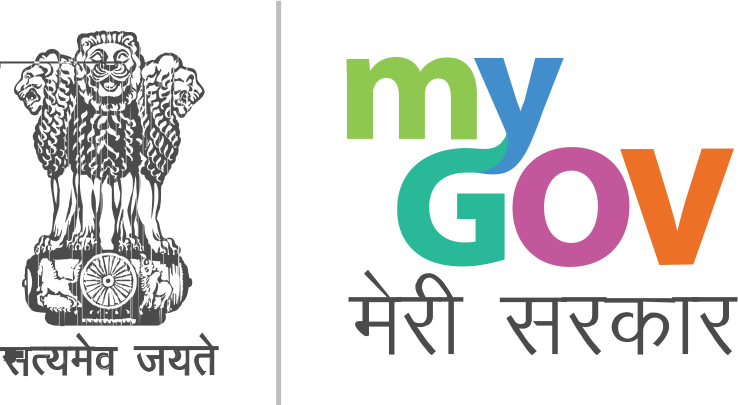ESI Registration, also known as Employee State Insurance Registration, is a mandatory registration for employers and employees in India. ESI Registration is the process of enrolling an employer and its employees under the Employees’ State Insurance (ESI) scheme.
The ESI scheme is a social security scheme that provides medical and monetary benefits to workers and their families in case of sickness, maternity, disability, or death due to employment injury.
It is a social security scheme that provides various benefits to employees in the organized sector.
The ESI Registration is governed by the Employees’ State Insurance Act, of 1948, and is managed by the Employees’ State Insurance Corporation (ESIC).
The main objective of this scheme is to provide medical and financial assistance to employees and their dependents during sickness, maternity, disability, or death due to employment-related reasons.
It is an autonomous body under the Ministry of Labour and Employment, Government of India. The ESIC collects contributions from employers and employees every month and uses them to fund the benefits under the scheme.
To understand the process of ESI Registration, it is important to know who is eligible for this scheme.
The ESI scheme covers all non-seasonal factories and establishments that employ 10 or more persons (in some states it is 20 persons) who have a maximum basic wage/salary of Rs. 21,000 per month (Rs.25,000 per month in the case of persons with disability).
The employer needs to register with the ESIC within 15 days from the date of its applicability.
The first step in ESI Registration is obtaining the Employer’s Registration Certificate (ERC) from the Regional Office of the ESIC. The employer needs to submit various documents such as a copy of the PAN card, address proof, and details of employees to complete the registration process. Once the application is submitted, the ESIC verifies the documents and issues the ERC within 15 days.
After obtaining the ERC, the employer needs to register the eligible employees under the ESI scheme.
The employer must provide necessary information such as employee details, salary, and family members’ details for each employee. The ESIC assigns a unique insurance number to each registered employee, which is used for availing ESI benefits.
Once the ESI Registration is completed, both the employer and the employee contribute a certain percentage of the employee’s salary towards the ESI scheme.
The employer’s contribution is 3.25% of the employee’s salary, while the employee’s contribution is 0.75% of their salary. These contributions are deducted from the employee’s salary and deposited by the employer to the ESIC.
ESI Registration is a crucial social security scheme in India that provides medical and financial benefits to employees in the organized sector. The registration process involves obtaining the ERC and registering eligible employees under the ESI scheme. It offers various benefits such as free medical treatment, cash benefits, maternity benefits, and financial assistance. ESI Registration ensures social security and peace of mind for employees, making it an essential requirement for employers and employees alike. I hope this explanation is helpful. Please let me know if you have any other questions.
Conclusion
In 2023, ESI registration witnessed a revolutionary change with the incorporation of Jan Seva Kendra or the Sahaj initiative. These dynamic partnerships redefine the ESI registration process, enhancing accessibility and efficiency. Jan Seva Kendra’s inclusive approach, CSC registration for rural penetration, and Sahaj’s user-friendly features collectively contribute to a streamlined and accessible ESI registration, promising a future of widespread health coverage for employees.


